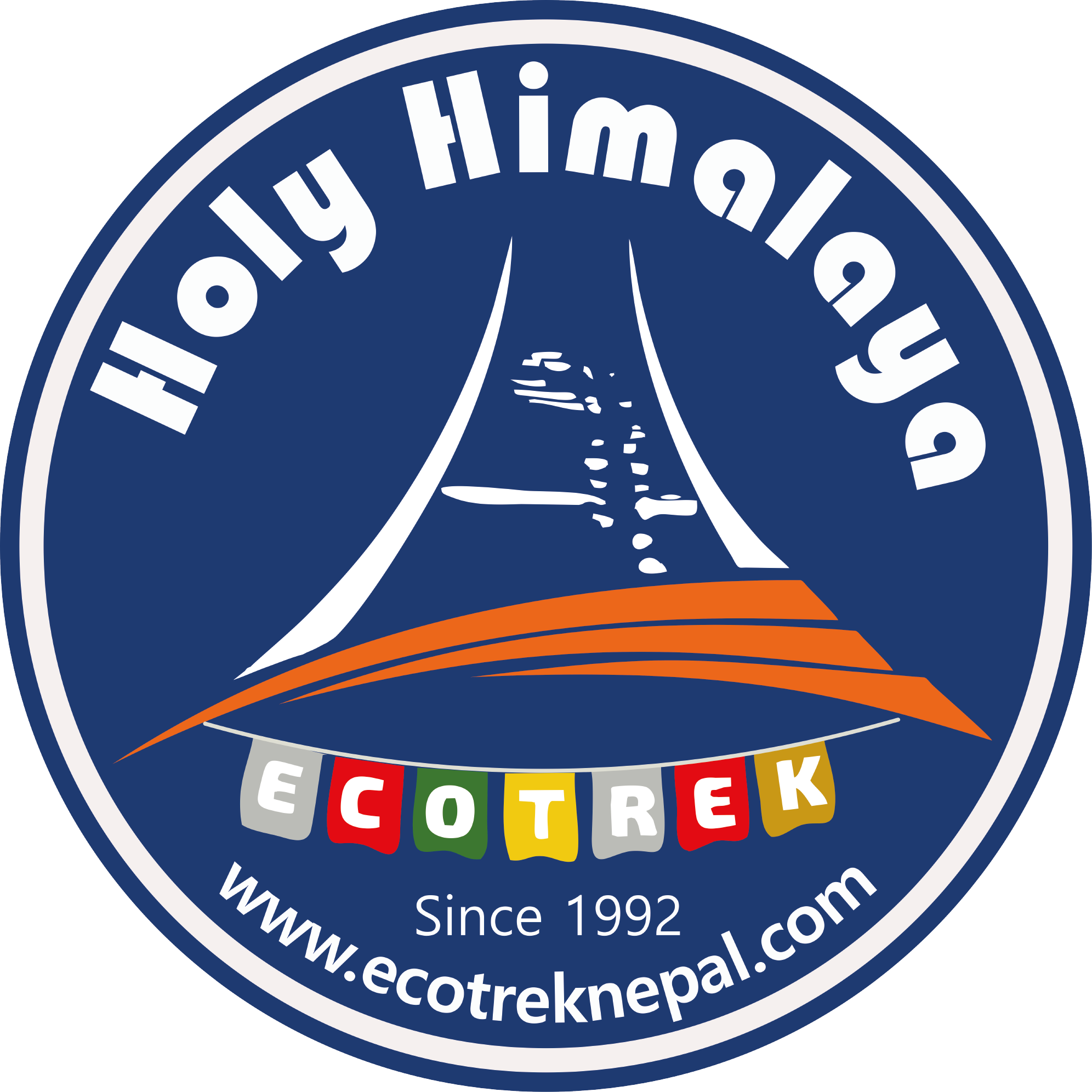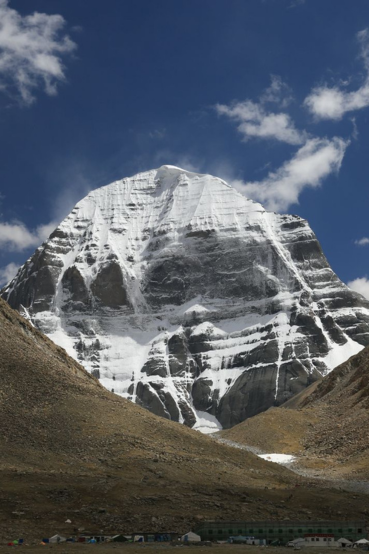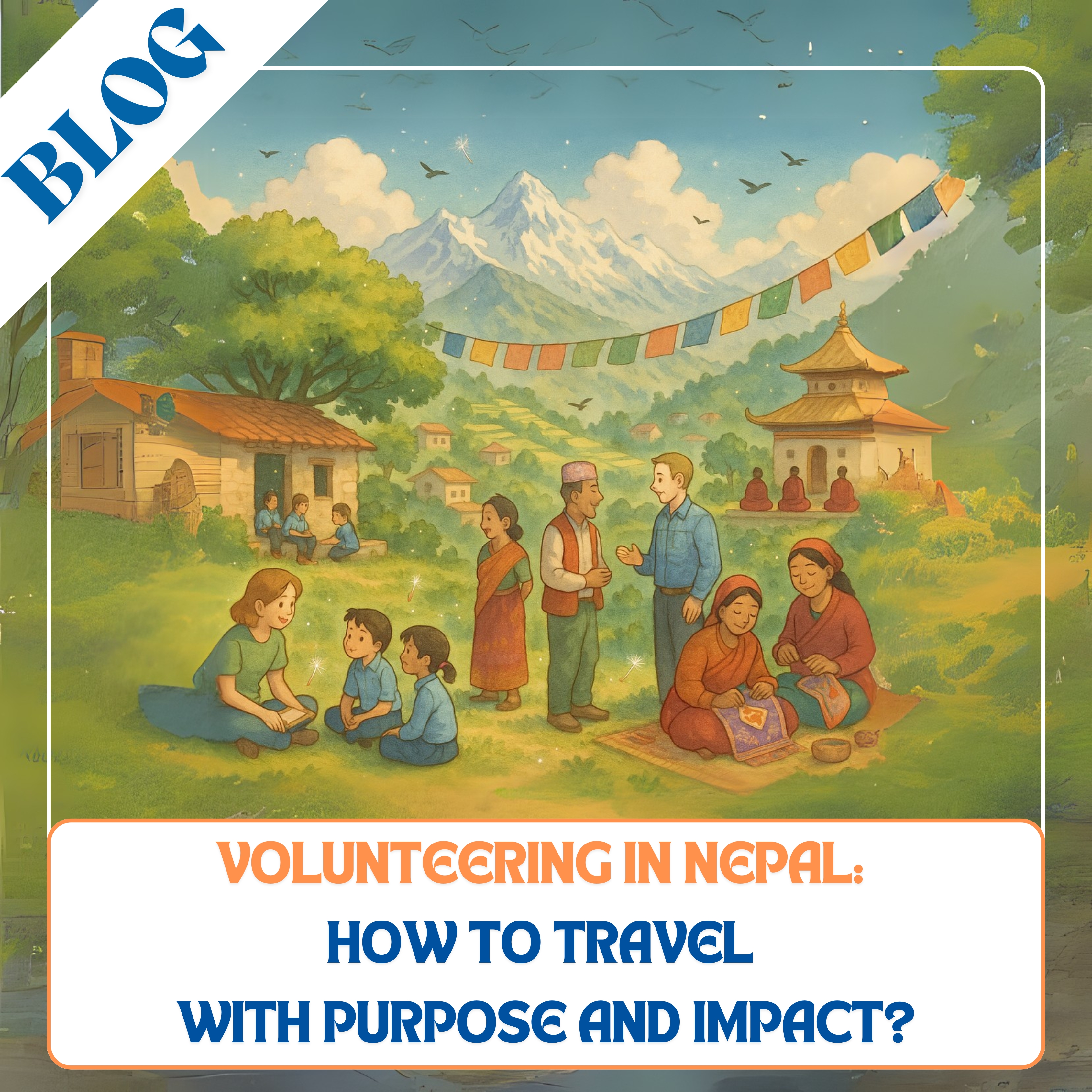Nepal, known as the Roof of the World, is famous for its tremendous Himalayan mountains, old temples, bright festivals, and welcoming people. It is a trekkers', travelers', and spiritual pilgrims' paradise. There, however, is the real struggle behind all this postcard-style beauty, and it is a country that still confronts serious challenges of socioeconomic deprivation, particularly in the rural areas. This is where a new kind of traveler is making an impact: the voluntourist.
The past years have seen the rise of volunteering in Nepal, where it has assisted people to merge tourism with a significant contribution to society. Travelers are moving towards purposeful travel in greater numbers based on the desire to find not only satisfying but also socially responsible travel experiences. However, how do you ensure that you help? What is the best way of selecting the best project, and what are the expectations of volunteering abroad?

This article will be quite useful and heartfelt to those who have an interest in Nepal volunteer programs. We are going to discuss how you can help in different areas, including education and healthcare, helping women be more empowered, and preserving the environment, among other things, during your travels.
You will also be shown how to choose ethical programs, how to work in real-life situations daily as a volunteer, and how to make sure the impact of your visit in the places where you help people will be long-term and positive, both in the beneficiary communities and even in your personal life.
Let’s discover how to travel not just to see, but to serve and grow.
Why Volunteer in Nepal?
With issues in education, healthcare, women's empowerment, conservation, and rural community rebuilding, the 2015 earthquakes made them even worse. Nepal is still suffering and needs to be helped in so many ways. Being a volunteer will give travelers the chance to directly contribute to the development of communities in Nepal, and there is a likelihood of ensuring that tourism helps in the development of a community and not merely turning it into an observation.
In addition to that, volunteering provides a rich cultural experience and emotional attachment. It allows you to sit in a village schoolhouse, to cook with a homestay family, or to work with locals in rebuilding processes, something that is hard to achieve when traveling in luxury. They, being established by mutual disclosure, are lasting memories and a real knowledge of life here.
Popular Volunteering Opportunities in Nepal
Teaching English in Rural Schools
The ability to use English connects them to volunteering, and the teaching professionals are rare in rural areas. Volunteers assist in teaching classes, designing entertaining lessons, and accompanying local teachers.
Supporting Orphanages or Childcare Centers
Caring about the vulnerable children is rewarding, but make sure that you accept the job with certified and community-run facilities to prevent unethical orphanage tourism.
Women Empowerment Programs
Organizations such as VIN Nepal conduct literacy, entrepreneurship, and life skills workshops, as well as microcredit workshops, so that women become economically independent.
Healthcare and Medical Volunteering
The areas where medical volunteers can help include clinics, community health projects, or pandemic recovery, including helping to establish maternal health capacity in government health posts.
Wildlife and Conservation Projects
Conduct reforestation, river cleanups, wildlife, or environmental education activities with NGOs like Bagmati River cleanups or forestry campaigns.
Teaching About Sustainability in Schools
Sustainability is one of the key issues in the Nepali school curriculum, particularly in the climatically and pollution-prone regions. It can be assisted by volunteers designing and teaching lessons in environmental conservation, waste management, clean energy, and sustainable farming.
Interactive activities, such as planting trees, recycling, and nature walks, will allow you to make children realize the impact of their actions on the planet and, most importantly, give them a chance to make environmentally beneficial decisions early in their lives.
Monastery Volunteering with Buddhist Monks
The chance to be in a cultural-spiritual immersion and gain some insight into spirit and mind is to assist in monastery life, whether teaching, meditating, or doing daily errands.

How to Choose a Responsible Volunteering Program
Work with ethical, transparent organizations. Select NGOs with clearly identified objectives, budgets, and society feedback, like VIN Nepal, a local organization aligned with the UN SDGs.
Avoid exploitative programs. Avoid orphanages, which exist as tourist attractions, not as places that nurture kids.
Check reviews and testimonials. Past volunteer stories and external impact are the types of reports provided on sites such as VIN.
Support local leadership. Select the local or locally led NGOs so that the community-based decision-making process is possible.
What to Expect as a Volunteer in Nepal?
Daily tasks and responsibilities. Depending on placement, teaching, caregiving, reconstruction work, health outreach work, or service in monasteries.
Immersion in culture. Homestays or local hostels, food of daal bhat, and participation in festivals and day-to-day village life are common among the volunteers.
Communication and language tips. English is popular in the cities, but it is good to learn simple words of Nepali, such as "namaste," "dhanyabad" (thank you), and others to create a rapport.
Conditions of life. The accommodation and food are basic, with shared bathrooms and sometimes cold showers and modest hosts, especially in isolated communities.
Best Time to Volunteer in Nepal
Spring (March to May) and autumn (September to November) are the best months to visit Nepal because the weather is mild and clear. You are welcome to volunteer throughout the year, but the monsoon season (June to August) can cause landslides or restrict access in the rural areas.
Volunteering in the mountains, usually in such forms as conservation or hiking with social service, is best in spring or fall.
Visa and Paperwork
Most of the volunteers are on a tourist visa, which is valid between 15 and 150 days. Authentic voluntary work should also be permitted as a tourist activity, but it is wise to clarify this with your program provider. You will probably require passport-size photos and a photocopy of a passport, and some courses have a placement fee.
Have your visa stamped and be ready to show the documentation. In case of a longer stay, check the possibility of extending the visa through immigration.

Tips to Make Your Volunteering Impactful
Be culturally sensitive and respectful. Note local customs like the indoor removal of shoes, modest clothing, avoidance of affection in the street, etc.
Learn simple Nepali phrases. Some words increase connection and respect.
Stay in longer to make a difference. Two weeks are good, but one month or more creates trust and continuity (longer placements are encouraged by many NGOs).
Avoid the “white-savior” complex. Volunteer with an open heart—listen, watch, and learn rather than attempting to correct everything by yourself.
Leave behind tools, not dependence. Teach local teachers to design activities, help build infrastructure, and empower, not create reliance.
Responsible Travel While Volunteering
Support local businesses. Dine at local restaurants, purchase souvenirs from small craftsmen, and stay in community-owned lodges.
Reduce plastic waste. Carry a water bottle that you can use over and over, and do not buy plastic water bottles or use plastic bags; dispose of waste properly.
Dress mindfully. Wear modest clothing that honors the local codes, particularly when you pass by religious places.

Final Thoughts
Volunteering in Nepal is not as simple as ticking boxes or posting photos. It is the opportunity to interact, learn, serve, and build the tradition of reciprocal development. You will discover that you can give of yourself, and you become changed just as surely as the people whom you serve. When you are not a tourist going places just to see them but going to serve and learn, the journey becomes an exchange of cultures, hopes, and human beings.
Plan your volunteer trip to Nepal today and be part of something meaningful.
Reputable Organizations to Consider
All these companies provide a wide array of ethical opportunities for doing volunteer work in Nepal, be it that you are ecology inclined, an education enthusiast, a welfare empowerment enthusiast, or an environmental conservationist.
National Trust for Nature Conservation (NTNC)
Stable, government-sponsored NGO working in the areas of biodiversity, management of protected areas, climate change mitigation, and environmental education; this is a perfect niche for all conservation-oriented volunteers.
Bird Conservation Nepal (BCN)
Belonging to BirdLife International, BCN is centered on bird and habitat conservation; therefore, it is good for any volunteer with an interest in ornithology, biodiversity, and environmental education.
The Volunteer Society Nepal (VSN)
One of the volunteer-trusting organizations in Nepal is praised for its structure, support system, and for educating and empowering women in rural societies.
Volunteer Services and Support Nepal (VSSN)
Provides a wide spectrum of programs, including health, education, environment, and infrastructure, and has good orientation and volunteer care.
VSO Nepal
VSO Nepal is a global non-governmental organization that actively promotes inclusive education, gender equality, and social inclusion. VSO situates expert volunteers to guide teachers and enhance governance in societies.
HCWAKS (Himalayan Connection with Ankit Suresh)
It is a more intimate program that provides very intensive volunteering opportunities in agriculture, education, and trekking and provides direct support and cheap accommodation.
Volunteers Initiative Nepal (VIN Nepal)
Founded in 2005, it is a local organization and has initiatives in education, health, women's empowerment, disaster resilience, etc.
Travel with intention. Let volunteering in Nepal be more than a backdrop—it can be the heart of your journey.
Photos from: www.volunteersocietynepal.org








